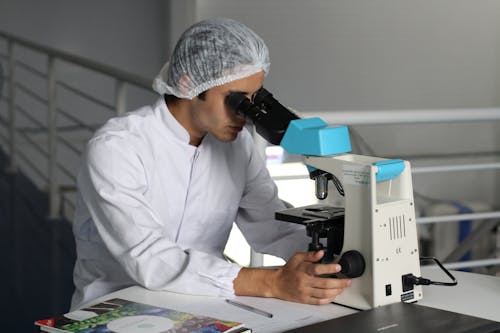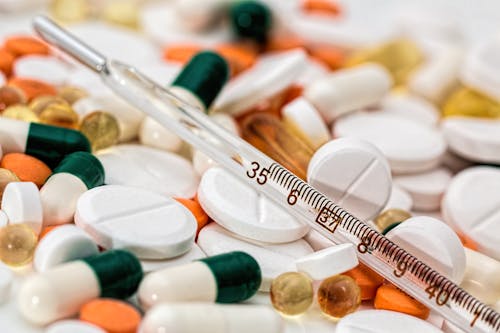Losing hair after recovering from COVID-19? Learn why post-COVID hair loss happens, how long it lasts, and natural ways to promote healthy regrowth.
Introduction: Is Hair Loss a Symptom After COVID?
If you’ve noticed unusual hair shedding in the weeks or months after recovering from COVID-19, you’re not alone. Many people have reported significant hair loss following coronavirus infection. While it’s not a direct symptom of the virus, it’s a common after-effect caused by how your body responds to illness and stress.
Let’s explore why COVID-related hair loss happens, how long it lasts, and what you can do to recover your hair’s health.
Why Does COVID-19 Cause Hair Loss?
Hair loss after COVID is typically a condition called telogen effluvium, a form of temporary hair shedding that occurs when the body undergoes physical or emotional shock. COVID triggers this in several ways:
1. Fever and Illness Stress
High fever, inflammation, and immune response from the infection disrupt the natural hair growth cycle, forcing hair into the resting (telogen) phase prematurely.
2. Emotional and Physical Stress
Hospitalization, isolation, and post-recovery fatigue can create mental stress, which is a known trigger for hair loss.
3. Nutritional Deficiency
COVID may reduce your appetite or alter your absorption of key nutrients like vitamin D, zinc, or iron—all crucial for healthy hair growth.
When Does Hair Loss Start After COVID?
Post-COVID hair shedding typically begins 2 to 3 months after infection. It may:
-
Peak around month 3 or 4
-
Involve large amounts of hair falling during washing or brushing
-
Be especially noticeable on the crown or all over the scalp

How Long Does It Last?
The good news is that post-COVID hair loss is usually temporary. In most cases:
-
Hair shedding slows down within 6 months
-
Full regrowth is possible within 9 to 12 months
-
Some people may notice earlier recovery with good care
How Much Hair Loss Is Normal?
Under telogen effluvium, it’s normal to shed up to 300 strands per day (compared to the usual 50–100). Though this may feel excessive, it rarely leads to permanent baldness.
How to Treat Hair Loss After COVID
There’s no instant fix, but the following steps can help support regrowth:
1. Focus on Nutrient-Rich Foods
Support your hair from within by eating:
-
Lean proteins (chicken, fish, lentils)
-
Iron-rich foods (spinach, red meat)
-
Omega-3s (chia seeds, walnuts, salmon)
-
Vitamins D, B12, and zinc
2. Consider Supplements
Consult a healthcare provider about taking:
-
Biotin
-
Vitamin D
-
Collagen
-
Iron (if blood levels are low)
Avoid over-supplementing, especially without testing.
3. Be Gentle With Hair Care
-
Use sulfate-free, strengthening shampoos
-
Avoid tight hairstyles, heat tools, or chemical treatments
-
Use a wide-tooth comb to prevent breakage
4. Try Scalp Stimulation
-
Massage the scalp daily to improve circulation
-
Use oils like rosemary or peppermint diluted in carrier oil
5. Manage Stress and Sleep
Reducing stress can help slow down shedding. Try meditation, yoga, journaling, or light physical activity to support overall recovery.
When to See a Doctor
You should consult a doctor or dermatologist if:
-
Hair loss continues beyond 6–9 months
-
You develop bald spots or patchy hair loss
-
You experience scalp itching, burning, or flaking
They may perform blood tests or prescribe topical treatments like minoxidil if needed.
Final Thoughts: Patience Is Key
Hair loss after COVID-19 can be distressing, but it’s often temporary and reversible. With proper nutrition, self-care, and time, most people see full regrowth without needing medical treatments. Focus on overall healing, be kind to your body, and give your hair the care it needs to return stronger than before.


0 Comments